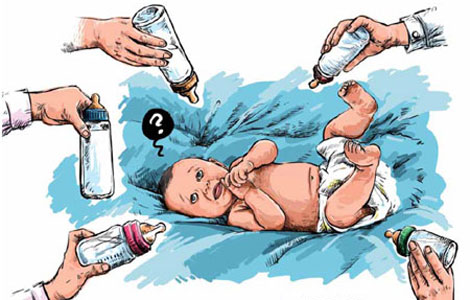VAT reforms to gain pace next year
Updated: 2013-10-31 07:10
By Lachlan Wolfers and Shirley Shen (China Daily)
|
|||||||||||
The challenges are in designing a VAT system that serves to promote the continued growth of these key sectors. The current BT system essentially taxes transactions affecting most real estate asset classes, from residential to retail to office to industrial property, and to transactions by both businesses and consumers.
Internationally, most tax systems either exempt real estate transactions or sales of secondhand houses by the general public from VAT. It would be interesting to see whether China's VAT system will be as broadly based.
Further challenges arise in managing the transition to VAT, so as to ensure that existing real estate transactions, or those partly completed, are subject to VAT on the "value added" system only, and not effectively taxed under BT and VAT both.
The financial and insurance sectors in China have shown resilience to recent global economic turmoil, which is envied by many other countries. A stable and internationally competitive tax system is a key ingredient to secure its ongoing growth and development.
European Union member states exempt financial and insurance services from VAT because of the difficulty in measuring the "value-added" content on a transaction-by-transaction basis. China seems likely to follow more modern VAT systems around the world, which increasingly seek to tax financial and insurance services under VAT. However, through the system of giving input VAT credits, such a reform would benefit many businesses that are general VAT taxpayers, as compared with the existing BT system in which a 5 percent BT cost is embedded as real cost.
Chinese officials are testing a unique approach to taxing financial services such as interest income under VAT. This is a system that is not broadly used worldwide. Their objective is to ensure that China's VAT system meets both current and future needs as these sectors develop increasingly sophisticated products and services, and extend their reach to overseas markets.
While the introduction of VAT for each of these sectors is challenging, it is clear that officials from the Ministry of Finance and the State Administration of Taxation are ready for the challenge. They have studied international systems and shown a willingness to adopt key principles beneficial to business, and to use international principles to meet the needs of the Chinese economy.
International experience highlights that while the transition to VAT can create ripples in the short-term, the longer-term transition to VAT is expected to be collectively beneficial both to businesses and the economy. China's new VAT rates of 6 percent and 11 percent, coupled with its existing VAT rate of 17 percent, are all lower than the OECD global average rate of VAT, which now exceeds 18 percent.
The shift to a more modern tax system is consistent with international norms, will help alleviate indirect tax liabilities in B2B transactions, and promote export services. It is an important step in promoting the development of the services sector as part of the government's 12th Five-Year Plan (2011-15).
Lachlan Wolfers is partner, and Shirley Shen is senior manager at KPMG China.
(China Daily 10/31/2013 page9)
Related Stories
Nationwide VAT reform for transport, services 2013-08-02 10:00
China's VAT reform to benefit more businesses 2013-07-26 06:56
China offers tax breaks for shantytown renovation 2013-10-28 20:42
China's tax revenue rises 9% in 1st three quarters 2013-10-22 09:32
Today's Top News
US: China not currency manipulator
Hospitals vow to enhance security following attacks
Tickets for 9 yuan offered on air route
Capital vows cleaner energy mix for winter
Visit heralds closer Sino-EU trade ties
Chinese cities victim of US spying
Legislation to help reduce pollution
Govt pledges more affordable housing
Hot Topics
Lunar probe , China growth forecasts, Emission rules get tougher, China seen through 'colored lens', International board,
Editor's Picks

|

|

|

|

|

|





